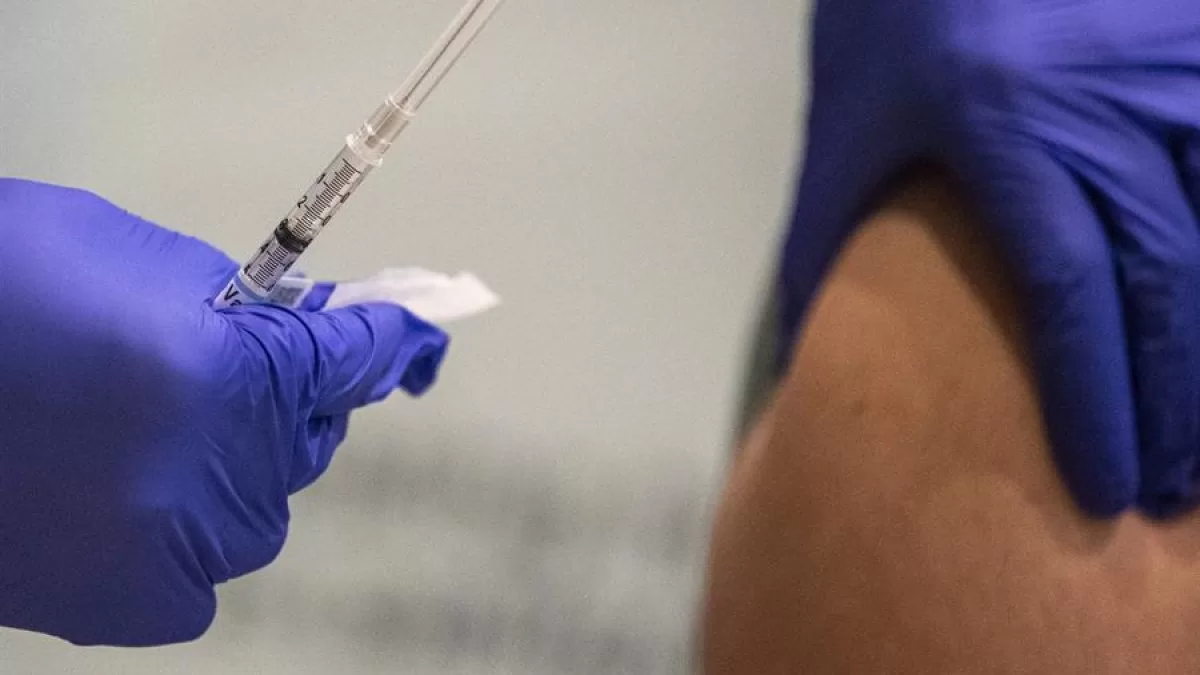- Drying on the heater: risks
- emergence a mold allergy
- Possible symptoms
- Conclusion
In winter, the laundry needs due to the lower temperatures often longerto dry indoors. Here the thought might occur to you, just open wet clothes the heating system to lay. But this can lead to a health hazard will.
drying laundry
We all have to do laundry regularlyalthough there is a lot that can go wrong. In a study discovered researchers* on premature babies in a neonatal ward of a children’s hospital antibiotic resistant bacteria, transmitted via freshly washed laundry. To prevent bacteria from accumulating in the washing machine, the experts recommended that the washing machine to maintain regularly. Drying laundry incorrectly can also be a health hazard.
Do you have a dryer at home, drying laundry quickly is usually not a problem for you. Others may not have or want a dryer either, as this one consumes a lot of electricity and is also not ideal for all items of clothing. If you want to dry your laundry faster without a dryer, the idea of putting it on the warm heater makes sense. Surely you can do something with it To save time, however, the risks should not be neglected either.
If you let your damp laundry dry on the radiator, you risk one mold growth in the apartment or in the house. Opposite of Süddeutsche Zeitung explained the microbiologist Dr. Hans Peter Seidl that this is fundamental no danger for healthy people present. However, special attention is required if you are allergic.
Risk of mold allergy: origin and symptoms
In winter it is generally the case that inside houses and apartments due to the cold-warm difference in the room climate mold growth more likely is. Placing your clothes on a heater ensures that the humidity of the room increases rapidly. Moreover, the obstructed air circulation. Both factors promote the formation of mold and should therefore be avoided. Regular is better airingso that the fresh, dry air from outside can absorb the moisture from the laundry.
molds can trigger allergies. allergy triggers proteins in the spores or threads of fungi. do you already have one neurodermatitishay fever or another allergy, could be yours increased riskone mold allergy to develop. This is partly due to the fact that some allergy-causing substances in the biochemical structures strongly resemble. As a result, there may be a mix-up in the immune system and you also react to these substances.
When you first come into contact with the fungi, the body forms so-called IgE antibodies. This sensitizes your body to the proteins. The IgE antibodies bind to certain immune cells, which are activated on a second or subsequent contact. As a result, the typical symptoms: Sneezing fits, runny nose, stuffy nose, cough and rarely shortness of breath. An existing asthmatic condition could become worse. In severe cases allergic asthma could even be triggered by the mold allergy.
Conclusion
As with all other allergies, try to eliminate the allergenic substance to be avoided as much as possible and all remove mold sources. In order not to encourage mold growth, it is better not to put wet laundry on the heater.
More about laundry:


